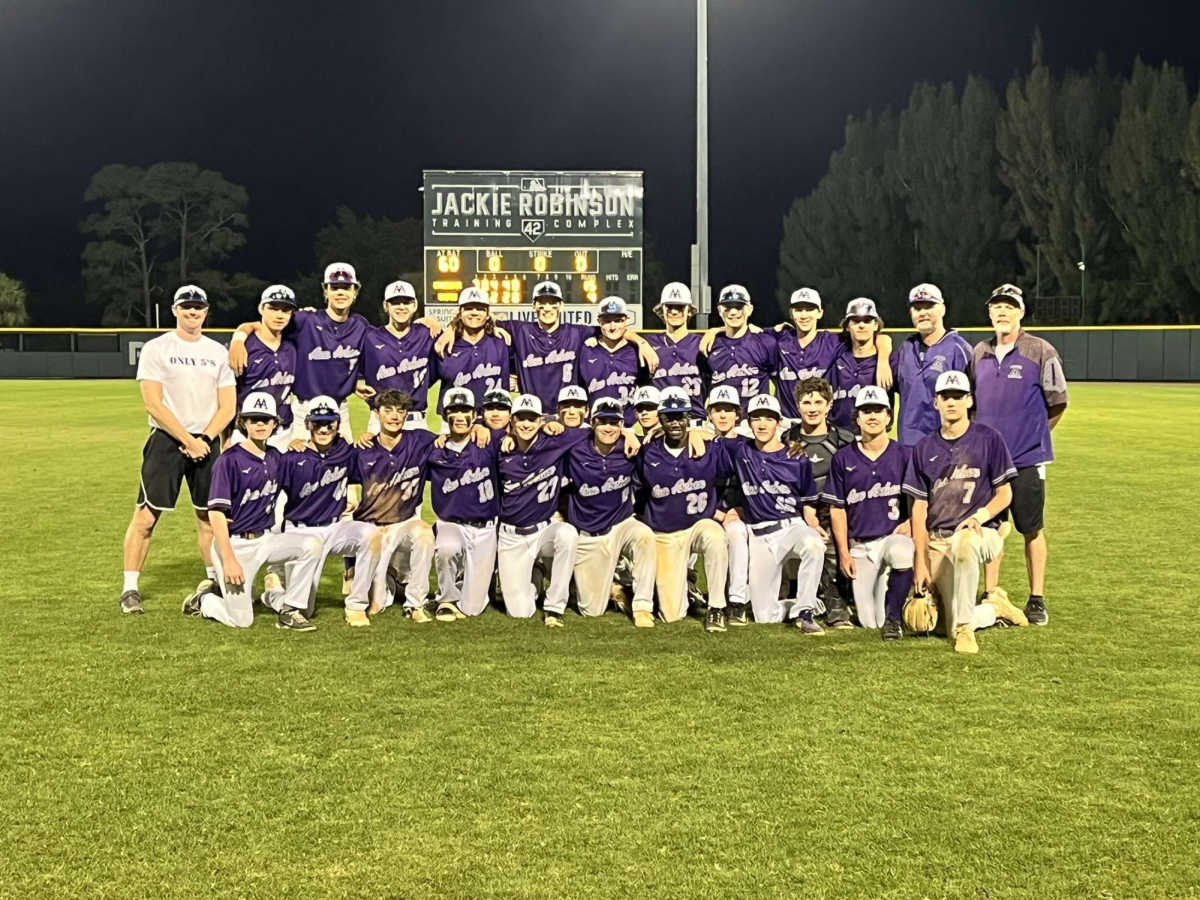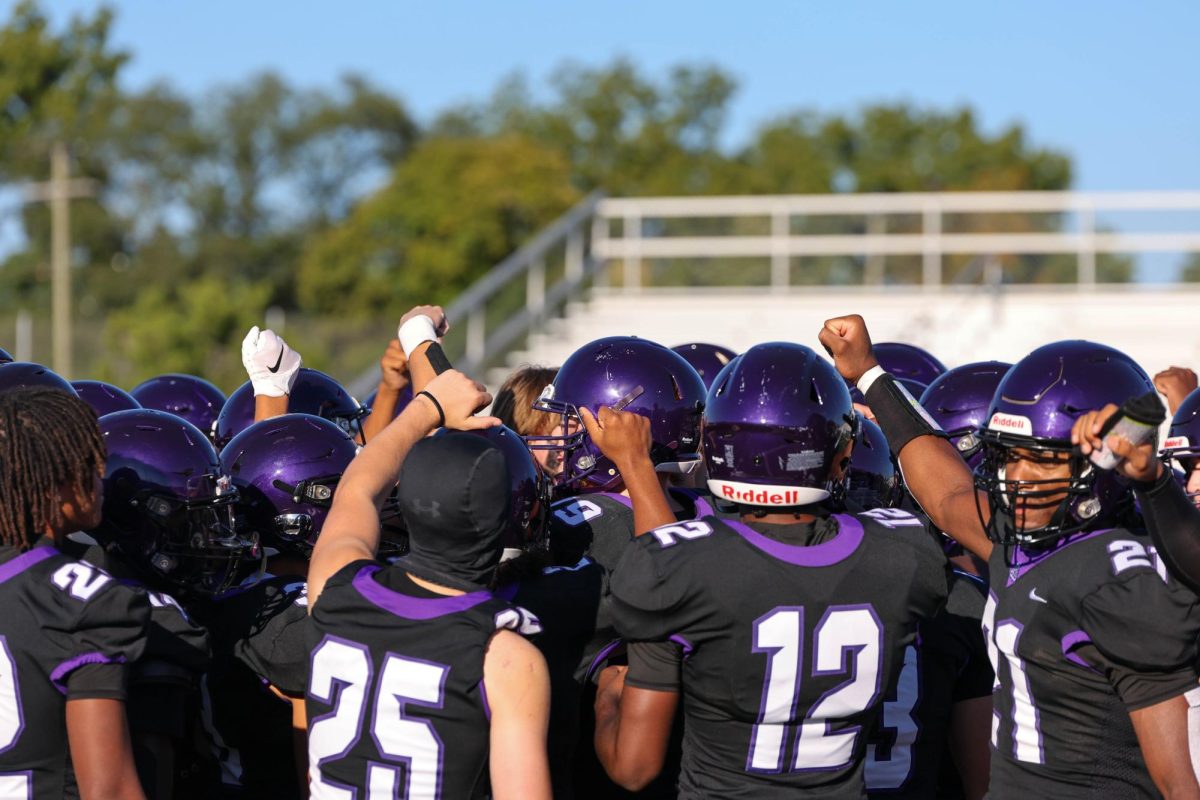“The Half of It” Review
May 6, 2020
Alice Wu’s “The Half of It,” a Netflix original, examines issues of identity through a story of teenage love and friendship, inspired by events in the director’s young life.
The story follows Ellie Chu — an intelligent, yet cash-strapped teen — as she turns a profit writing love letters to jock Paul Munsky’s crush, Aster Flores. As Ellie and Paul form a friendship, Ellie falls for Aster.
Ellie, as a queer Chinese American, is marked as an outsider from the beginning, which is emphasized by the clever visuals in the film: in an abandoned train, she and Paul are often separated in scenes where they interact, be it by a row of seats, a ping-pong table, clothing racks or even a closed door; in many scenes, Ellie is in a small shed near the train tracks with the door closed, while other characters attempt to interact with her from outside.
Eventually, Ellie lets Paul in. She tells him about her father, who immigrated from China to the place they currently reside: Squahamish, Washington. In China, Ellie’s father got a PhD in Engineering and came to America with dreams of getting a good job to support his family. When he arrived and got a job in Squahamish as a station manager, planning to be promoted to system engineer, but was never able to rise above his initial position; as Ellie puts it “turns out, speaking good English trumps having a PhD, or one from China anyway.”
In an interview with GLAAD, Leah Lewis — the actress portraying Ellie — said it was a privilege to play a Asian lead.
“I have grown up watching the Asian character be the best friend, or the person in school who writes everyone’s letters or the random nerd in the back of the class,” Lewis said. “The fact that this specific story is getting to be told, I feel like it’s huge, huge waves for the Asian community and such a blessing to be carrying this torch for all of us.”
Along with examining race and immigration, “The Half of It” highlights issues of sexual orientation, although none of the characters openly identify as LGBTQIA+. It examines the idea of love without labels, and — with the growth of friendship between Ellie and Paul — shows that love comes in all shapes and sizes. This is contrasted by Wu’s 2004 film “Saving Face,” in which the protagonist falls in love with another woman and wrestles with coming out to her disapproving mother.
As a gay woman herself, telling the story of a queer Asian teen was important to Wu.
Growing up, Wu didn’t know anyone who was gay and Asian; she didn’t even know if people like her existed. When she finally realized she was queer in her senior year of college, and began thinking about coming out to her parents — with whom she spoke Mandarin — she realized she didn’t know a Mandarin word for gay.
“If you don’t have the word for something, how can you possibly think that thing?” Wu said in an interview with GLAAD. “I think if I were growing up and I got to see a queer Asian American character, then I would’ve had the word for it.”
It is incredibly important for films like this to be created; they give a voice to less privileged and less represented groups of people. Equally as important is supporting directors and writers like Alice Wu, who is a gay, Asian woman, born to immigrant parents: directors and writers who are less privileged and less represented. By drawing on their own experiences, as Wu did, they can give stories an authenticity that would be unachievable for films created entirely by straight, white men.
“These stories are not told,” Lewis said, “and they need to be told.”











